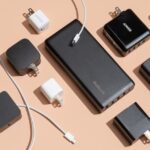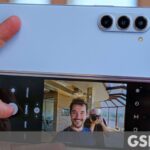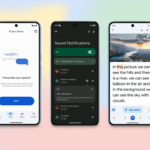Our Assessment of Guided Frame
The idea for Guided Frame came about after the Camera team invited Pixel’s Accessibility group to participate in an annual hackathon in 2021. Googler Lingeng Wang, along with colleagues Bingyang Xia and Paul Kim, developed a new way to make selfies more accessible for individuals who are blind or have low vision. “We were initially focused on the wrong solution: informing blind and low-vision users about the front camera placement,” Lingeng explains. “After conducting a preliminary study with three blind Googlers, we realized the need to provide real-time feedback while these users are actively taking selfies.”
To expand Guided Frame beyond the hackathon, multiple teams at Google collaborated, including the accessibility, engineering, and haptics teams. Initially, the teams attempted a simple test: closing their eyes and attempting to take selfies. Even through this incomplete test, sighted team members recognized that they were not adequately meeting the needs of these users, as stated by Kevin Fu, product manager for Guided Frame.
It was crucial to all involved that the testing process focused on blind and low-vision users. In addition to internal testers, known as “dogfooders” at Google, the team engaged Google’s Central Accessibility team and sought input from a group of blind and low-vision Googlers.
After developing an initial version, blind and low-vision users were invited to test the feature before its official release. “We initiated by providing volunteers access to our early prototype,” says user experience designer Jabi Lue. “They were asked about aspects such as the audio, the haptics – we wanted to understand how everything was coming together because using a camera is a real-time experience.”
Victor Tsaran, a Material Design accessibility lead, was among the blind and low-vision Googlers who tested Guided Frame. Victor recalls being impressed by the prototype at that stage, while also observing enhancements over time as the team incorporated and acted upon his feedback. “I was pleased to see Google Camera incorporating such a high-quality accessibility feature,” he remarks.







